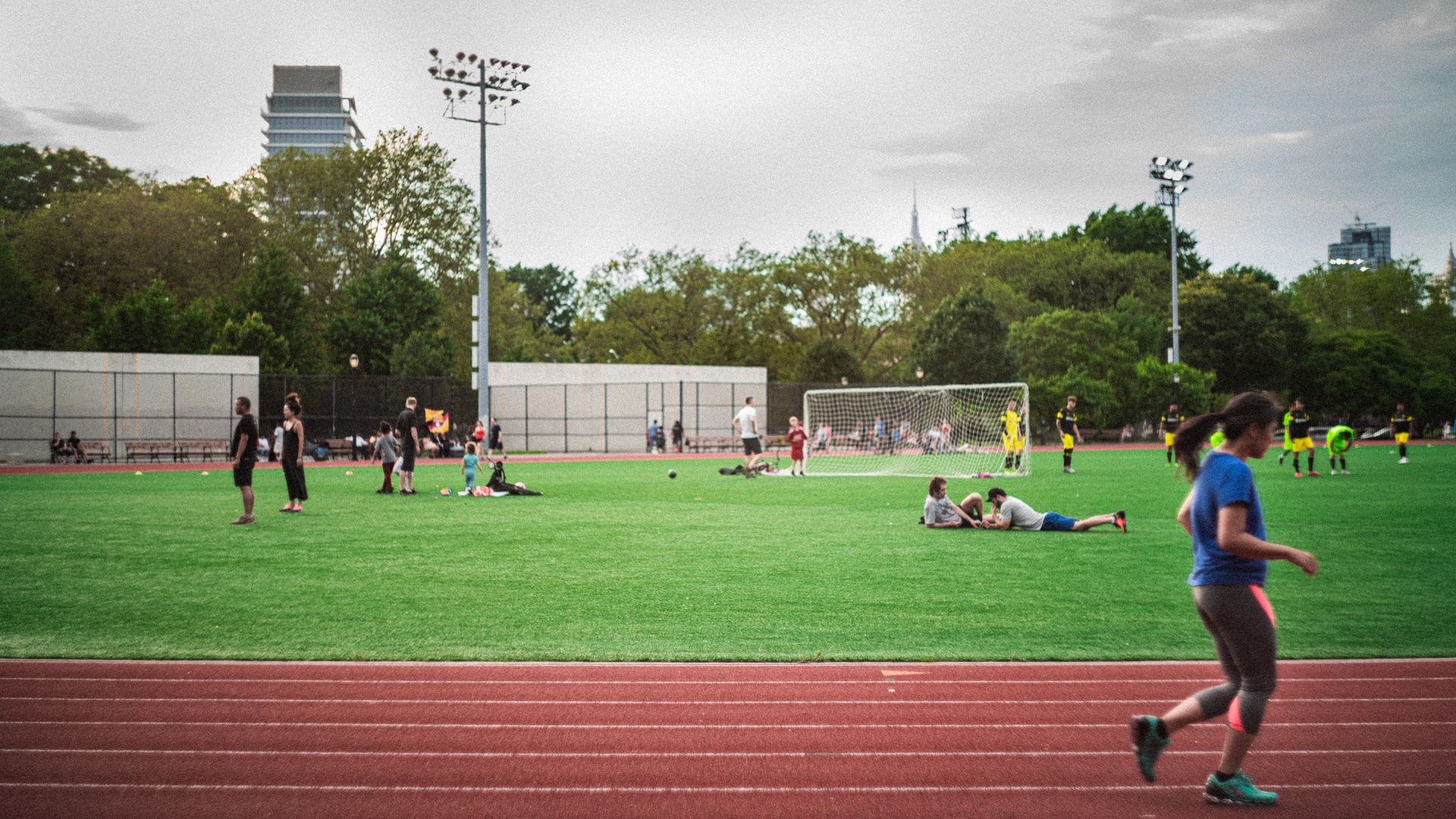11 Kinesthetic Reading Activities to Get Students Up and Moving

Reading doesn’t have to be confined to sitting still at a desk. In fact, incorporating kinesthetic activities into reading lessons can make learning more engaging and memorable for students. Here are 11 kinesthetic reading activities that will get your students up and moving while improving their reading skills.
1. Word Hunt: Create word cards and hide them around the classroom. Students will search for the words and read them aloud when found.
2. Scavenger Hunt: Similar to the word hunt, but this time students will search for specific objects related to a story or book they are reading.
3. Charades: Act out book titles, characters, or plot events while classmates guess what you’re representing. This activity encourages active reading and comprehension.
4. Story Sequence Dance: Break a story into key events or plot points. Assign each event to a dance move and have students perform the sequence in sync with the story.
5. Relay Race Reading: Divide the class into teams. Each team member reads a sentence or paragraph aloud before passing the baton to the next runner.
6. Reader’s Theater: Have students act out a scene from a book they’ve read. They can create their own scripts or use existing ones.
7. Book Spine Poetry: Using the titles of books, challenge students to create poetry or short stories. They must read the titles and arrange them to form a meaningful composition.
8. Tactile Reading: Provide textured materials like sandpaper or fabrics that students can feel while reading. This multisensory experience enhances comprehension.
9. Story Walk: Create stations around the classroom that represent different parts of a story. As students move from station to station, they read and engage with the story in a more physical way.
10. Body Letter Tracing: Students form letters with their bodies and read words associated with each letter. This activity combines movement and letter recognition.
11. Reading Obstacle Course: Set up an obstacle course that students must navigate while reading sentences or paragraphs. This adds a fun physical challenge to reading comprehension.
By incorporating these kinesthetic reading activities, teachers can connect reading with movement, making it a more enjoyable and effective learning experience. So, get your students up and moving while developing their reading skills!”

